The Controversy Surrounding Euro Nymphing: Is it Detrimental to the Fly Fishing Experience?
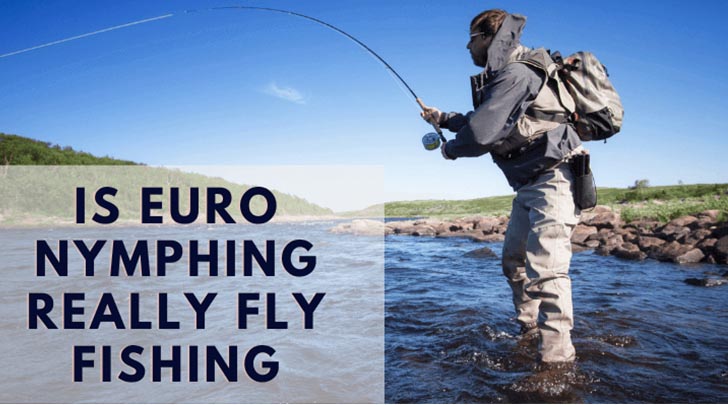
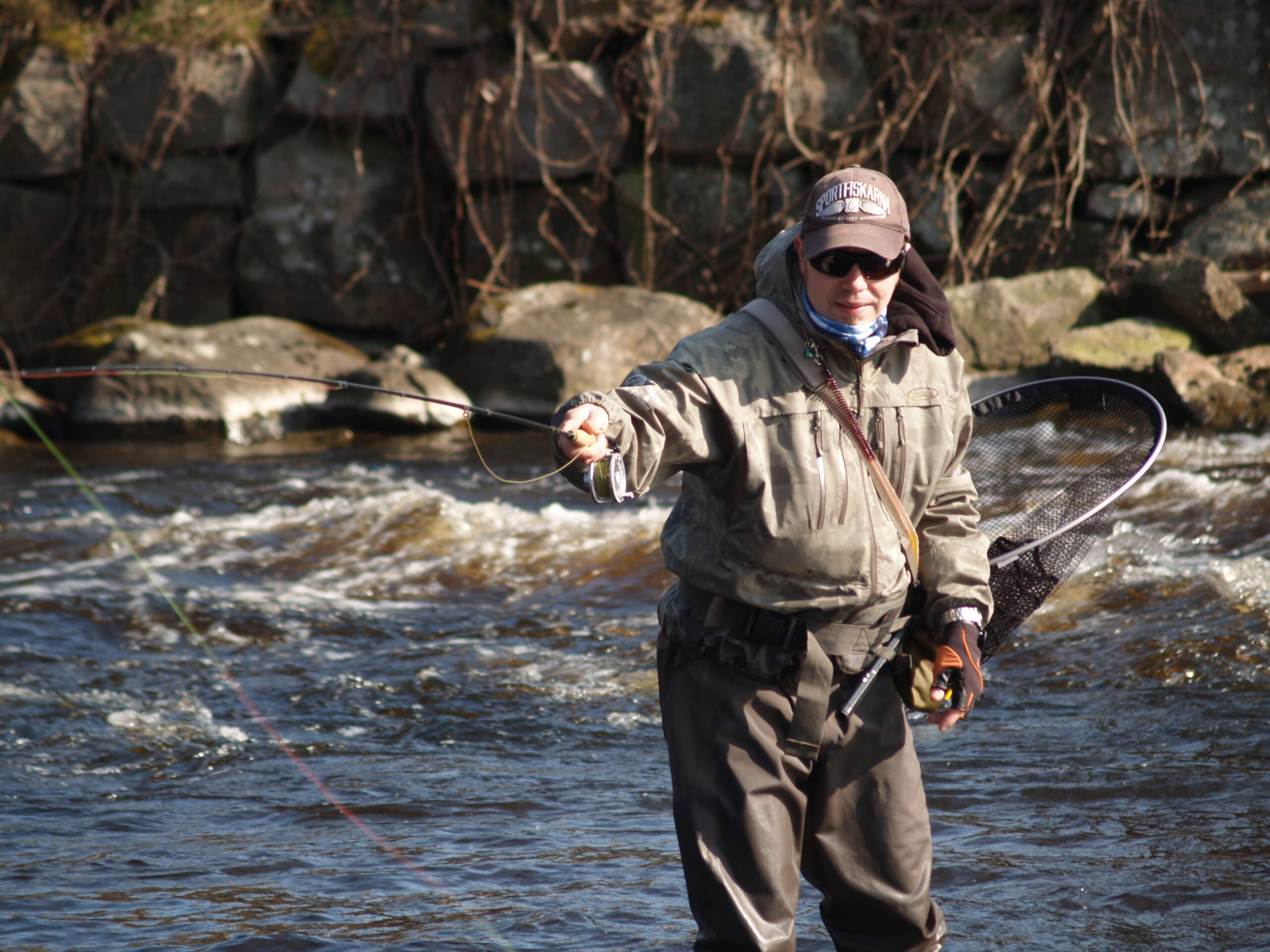
Fly fishing’s appeal stems from the fact that its practitioners get to enjoy the outdoors while also facing a formidable task in their pursuit of evasive fish. However, in recent years, a new technique known as “Euro Nymphing” has gained in popularity. While this may be seen positively by certain fly fishermen, it is negatively by others. The implications of the Euro Nymphing scandal are the subject of this essay.
What is Euro Nymphing?
Euro Nymphing is a method of fly fishing in which a long, light rod and thin line are used to cast weighted flies to the riverbed. Euro Nymphing is a kind of fly fishing in which the angler casts nymphs at the bottom of a body of water and waits for fish to take them rather than a dry fly or lure presented on the top. This method gives fishermen access to fish-rich deep holes and swift currents.
Advantages and Disadvantages of Euro Nymphing
Euro Nymphing’s adaptability is one of its primary benefits. This method is useful for anglers fishing in a wide range of water types, from fast moving streams to deep pools and even still water. In addition, Euro Nymphing may be more productive than waiting for fish to strike since it depends on sensing bites.
There are, however, a few drawbacks to Euro Nymphing that you should be aware of. One problem is that mastering bite detection and casting the long rod and thin line takes a lot of practice. The conventional fly fishing experience, which places an emphasis on the art and refinement of casting and presenting the fly, is devalued, according to some fishermen.
The Impact of Euro Nymphing on Fly Fishing
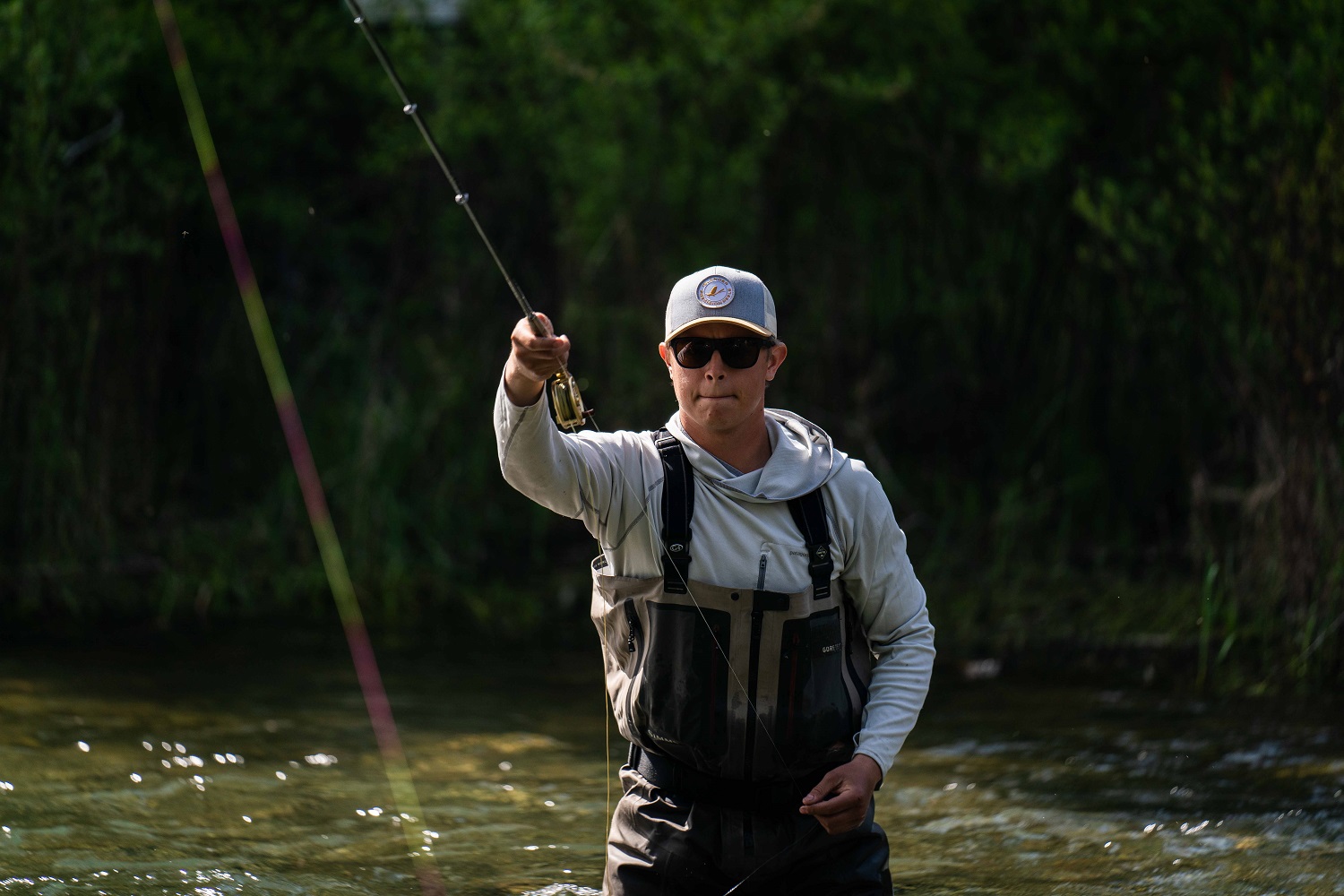
Euro Nymphing has altered fish behaviour and resistance to fishing tactics, which is one of the primary criticisms levelled at the method. Some fishermen claim that this approach is putting fish off of taking flies and lures altogether since it requires casting weighted flies and making direct touch with the bottom. Furthermore, some claim that Euro Nymphing is making the sport less demanding and gratifying since it may be more successful at catching fish.
certain fishermen also believe that Euro Nymphing is a major factor in the overpopulation of certain waterways. It’s possible that by fishing in deeper pockets and faster-moving water, fishermen are unwittingly damaging aquatic ecosystems and upsetting fish breeding rhythms.
The Counterargument: Why Euro Nymphing is Beneficial
Despite the detractors, some fly fishermen insist that Euro Nymphing has only improved their hobby. For one, it has piqued the attention of a new generation of fishermen who may not have otherwise tried fly fishing. In addition, the popularity of Euro Nymphing has prompted developments in fly fishing technology that have benefited the sport as a whole.
Furthermore, there are fishermen who claim that Euro Nymphing has not substantially altered fish behavior. Instead, they argue that the fish are doing what they’ve always done: getting used to new flies and lures over time. Since Euro Nymphing helps fishermen to capture fish without inflicting damage to their ecosystem, some claim that it is a more sustainable fishing strategy.
Finding a Middle Ground
Although the debate about Euro Nymphing isn’t going away anytime soon, there are methods for fly fishermen to establish common ground and keep the sport sustainable. Anglers, for one, should make an effort to be considerate of one another’s fishing methods and to avoid crowded waters. The versatility of fishing means that fishermen may try a variety of flies and lures to see what produces the greatest results.
Conclusion
In conclusion, Euro Nymphing is a highly debated method in the world of fly fishing. Although there are many who believe it has hurt fly fishing, many others believe it has improved the sport. Each fly fisher must experiment to find what works for them, but all members of the community should be respectful of one another’s methods.
You Can Also Read Here Breeo vs Solo Stove: A Comprehensive Comparison

 What to Know About Adult Adoption
What to Know About Adult Adoption  Top 10 Fascinating Facts About Wild Cats
Top 10 Fascinating Facts About Wild Cats 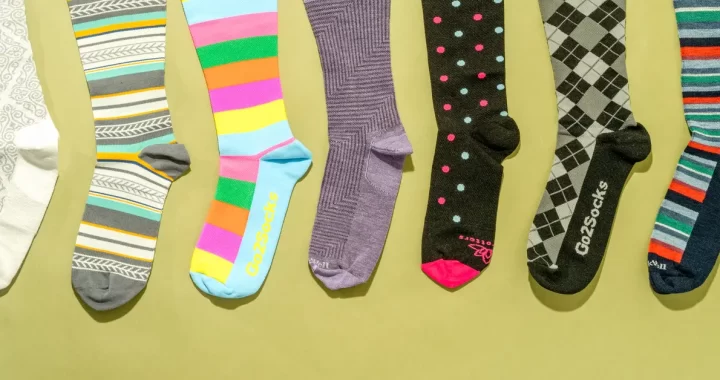 The Best Compression Socks of 2024
The Best Compression Socks of 2024  The Ultimate Gaming Chairs in 2024
The Ultimate Gaming Chairs in 2024 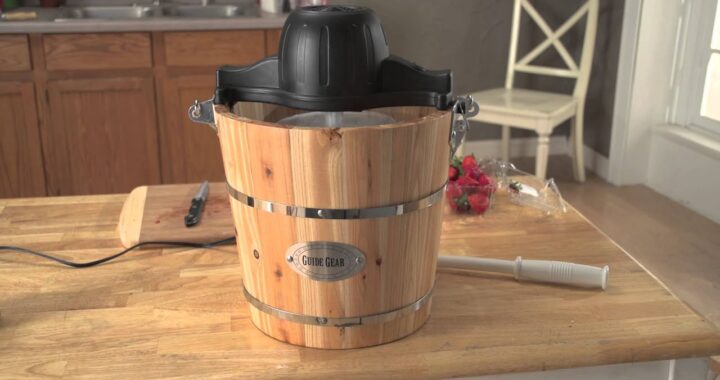 Exploring the World of Old Fashioned Ice Cream Maker
Exploring the World of Old Fashioned Ice Cream Maker  Relax and Game with the Gengar Bean Bag Chair
Relax and Game with the Gengar Bean Bag Chair 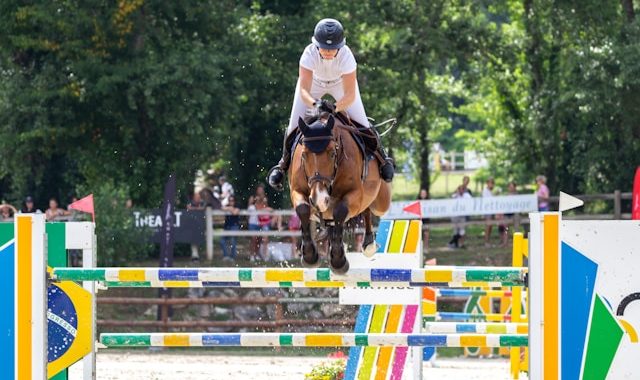 The Art and Importance of Designing Safe and Effective Horse Jump Standards
The Art and Importance of Designing Safe and Effective Horse Jump Standards  The Art of Compromise: Resolving Family Disputes Amicably
The Art of Compromise: Resolving Family Disputes Amicably  The Benefits and Challenges of Sustainable Roofing for Commercial Buildings
The Benefits and Challenges of Sustainable Roofing for Commercial Buildings  Transforming Your Home with Terrazzo Flooring: A Timeless Choice for Elegance and Durability
Transforming Your Home with Terrazzo Flooring: A Timeless Choice for Elegance and Durability